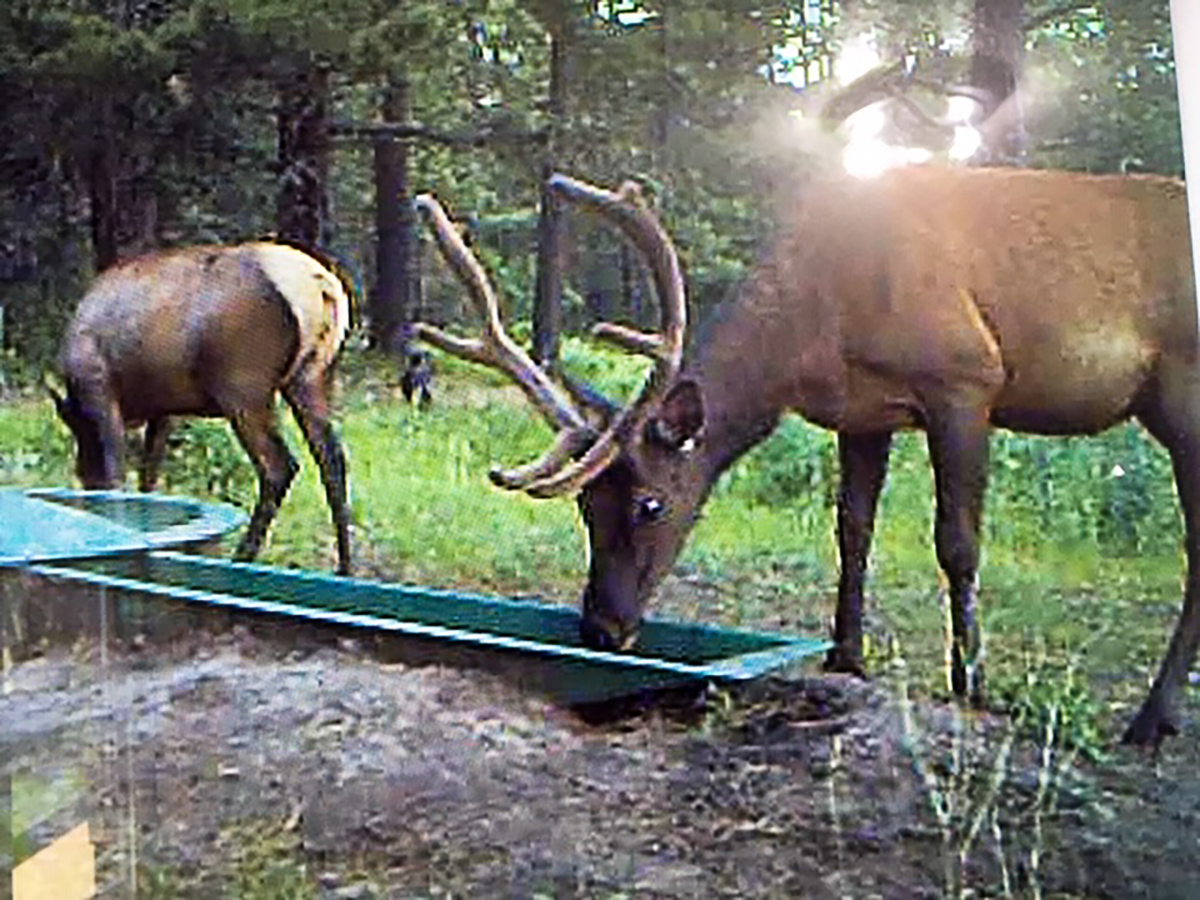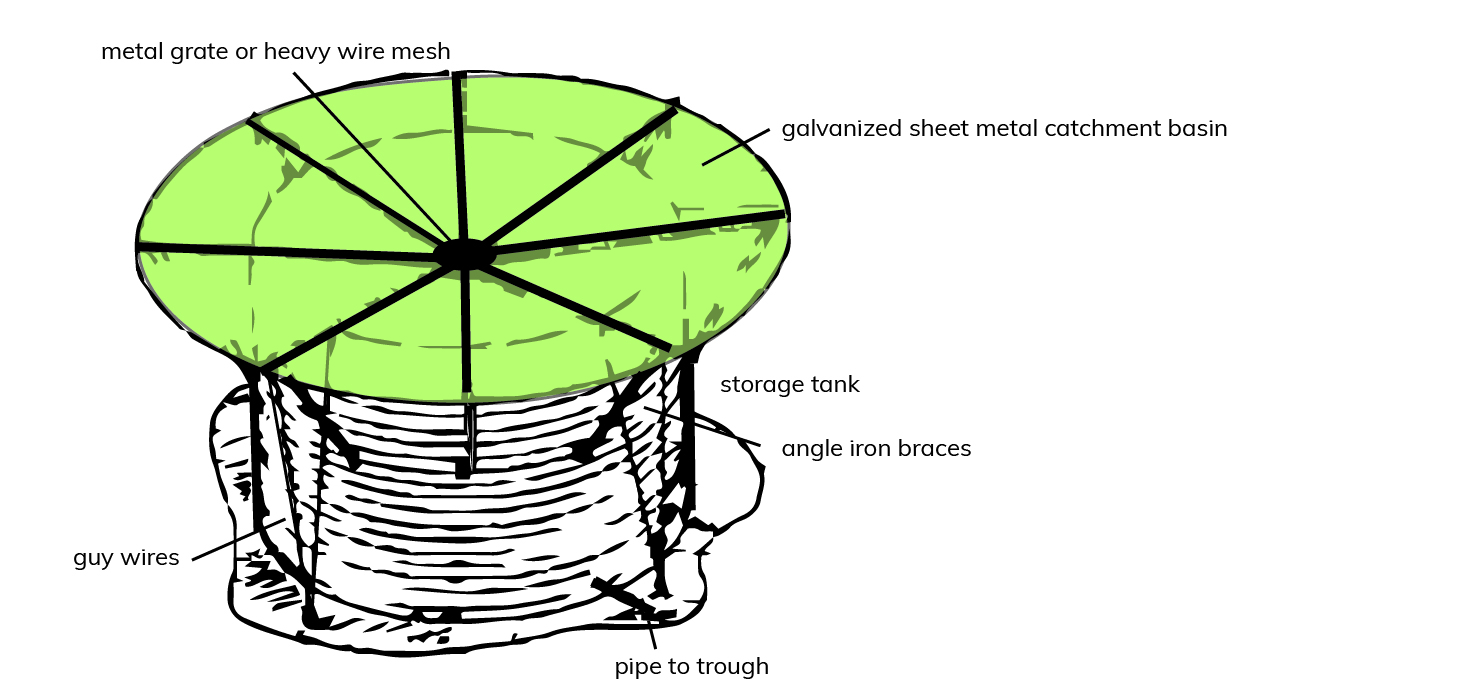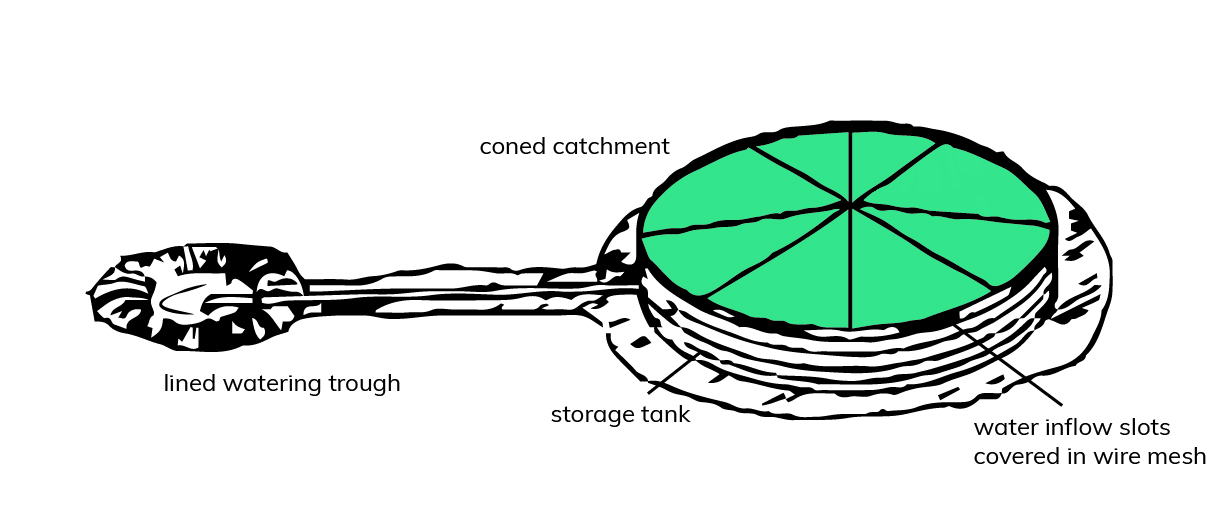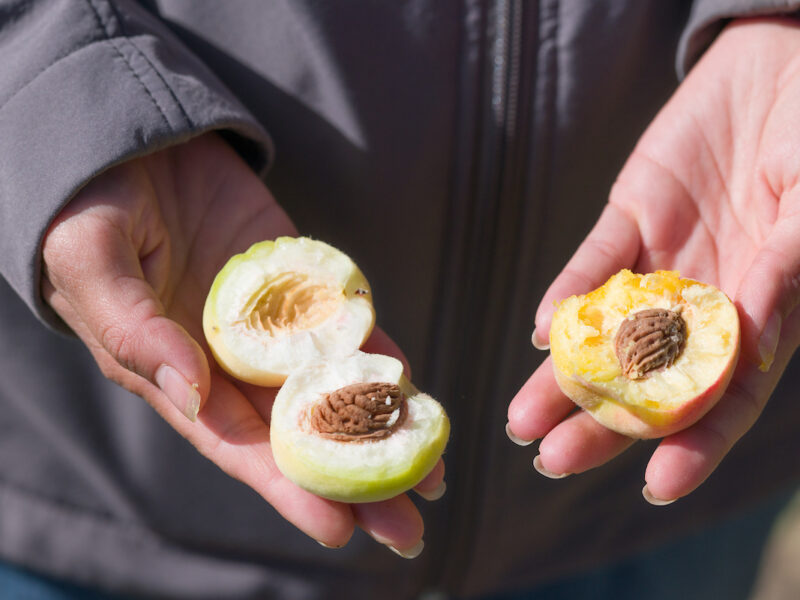Guzzlers offer simple solution to collect and store water for livestock and wildlife
Guzzlers are devices that catch and store rain and snowmelt for later use by wildlife and livestock. They provide water during typically dry periods of the year or on the shoulders of growing-season graze periods when other water sources might not be available. They are often used in upslope locations where water is generally more limited.
Darla Bramwell, who ranches in southwestern Colorado, has been installing guzzlers for years and will continue to do so. She has put in three on the property so far, which she manages for both livestock and wildlife uses. Bramwell had used multiple types and sizes on a previous property in New Mexico to provide much of the stock water on that ranch. Through game camera photos, she has observed use by nearly every type of wildlife, including elk, deer, bears, mountain lions, birds and more. “They are beneficial, but also so much fun,” she says.
There are a variety of designs in ready-to-install, custom kit or build-your-own options. All are based on a gravity-fed system that fills a wildlife-accessible reservoir. Storage sizes range from 100 gallons to 25,000 gallons or more.
Designs also range from complicated to simple, and Bramwell recommends choosing a design with low maintenance. Her current units were set in the ground two feet, using a backhoe to excavate the footprint. “The area surrounding the guzzler will grass-in so you don’t see them after a couple of years.” As for maintenance, she says, “maybe after 10 years or so I’ll screw the top off and shovel it out.”
The size, shape, and apron type should be selected based upon site-specific conditions, wildlife species and, if applicable, livestock type and number that would be drinking from the unit. Typical precipitation patterns of the region, including amount and timing, will restrict the size of the reservoir. Bramwell’s units, all 750-gallon-capacity, are filled in the winter with snowmelt to where they typically run over come spring, and then semi-regularly topped off by the monsoons.
Designs also range from complicated to simple, and Bramwell recommends choosing a design with low maintenance. “Maybe after 10 years or so I’ll screw the top off and shovel it out.”
Bramwell recommends checking with your local Natural Resources Conservation Service (NRCS) office on cost-share assistance for guzzler installation. She prefers the option of the Conservation Stewardship Program (CSP), which offers an enhancement called Water Storage Facility. Funding is also available through the Environmental Quality Incentives Program (EQIP). Other funding partners may include wildlife groups such as Pheasants Forever, Mule Deer Foundation or Rocky Mountain Elk Foundation, and the Partners Program through the U.S. Fish and Wildlife Service.







